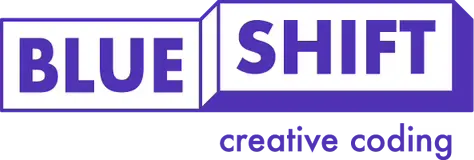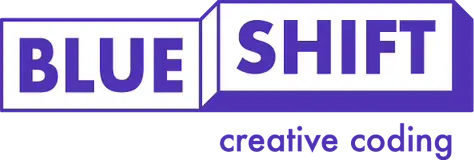How A Cartoon Turtle Made Learning Programming Easier
There are more ways to learn to code than ever before, with countless places to start for children with the curiosity and initiative to learn how to make programs.
From block-based programming languages such as Scratch to block-based games such as a Minecraft modding course or Roblox, there are a lot of ways to learn programming principles whilst also enjoying yourself in the process.
However, every attempt to make learning to code easier and more fun goes back to the 1960s, with a robot turtle and a language by the name of Logo.
Logo was originally created in 1967 at a research firm called Bolt, Beranek and Newman as a way to create a programming language that was accessible, clear in how you use it and informative whenever there is an issue with the code.
The inspiration for this language dates back to the Machina Speculatrix, better known as the turtle computer, although visual display turtles predated physical robot turtles when it came to the implementation of Logo.
The turtle as supported by Seymour Papert was the missing piece of the code, as it allowed for immediate feedback and the ability to create the elaborate patterns and shapes that have since become the staple of Logo.
The key to Logo’s success was its ease of understanding, and directions were interpreted in degrees relative to the turtle’s facing, rather than using coordinates or another system more intuitive for the computer to understand.
This meant that you could easily see how a command worked in action, as the system would provide instant feedback as soon as you run it, which is closer to what you see in games with creativity suites such as Roblox or Super Mario Maker, although with a more specific focus on learning.
Logo is still used in many schools today, complete with the physical robots and their basic commands, as the first step towards making programs and games.






